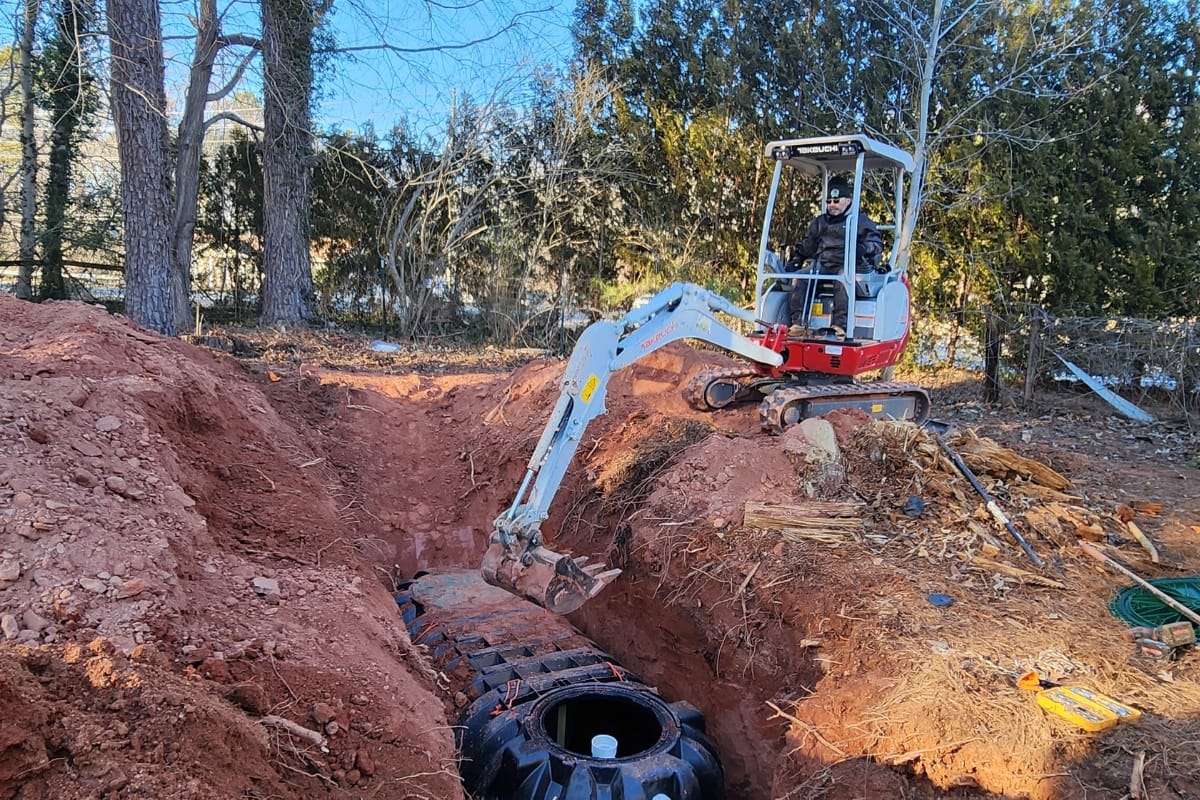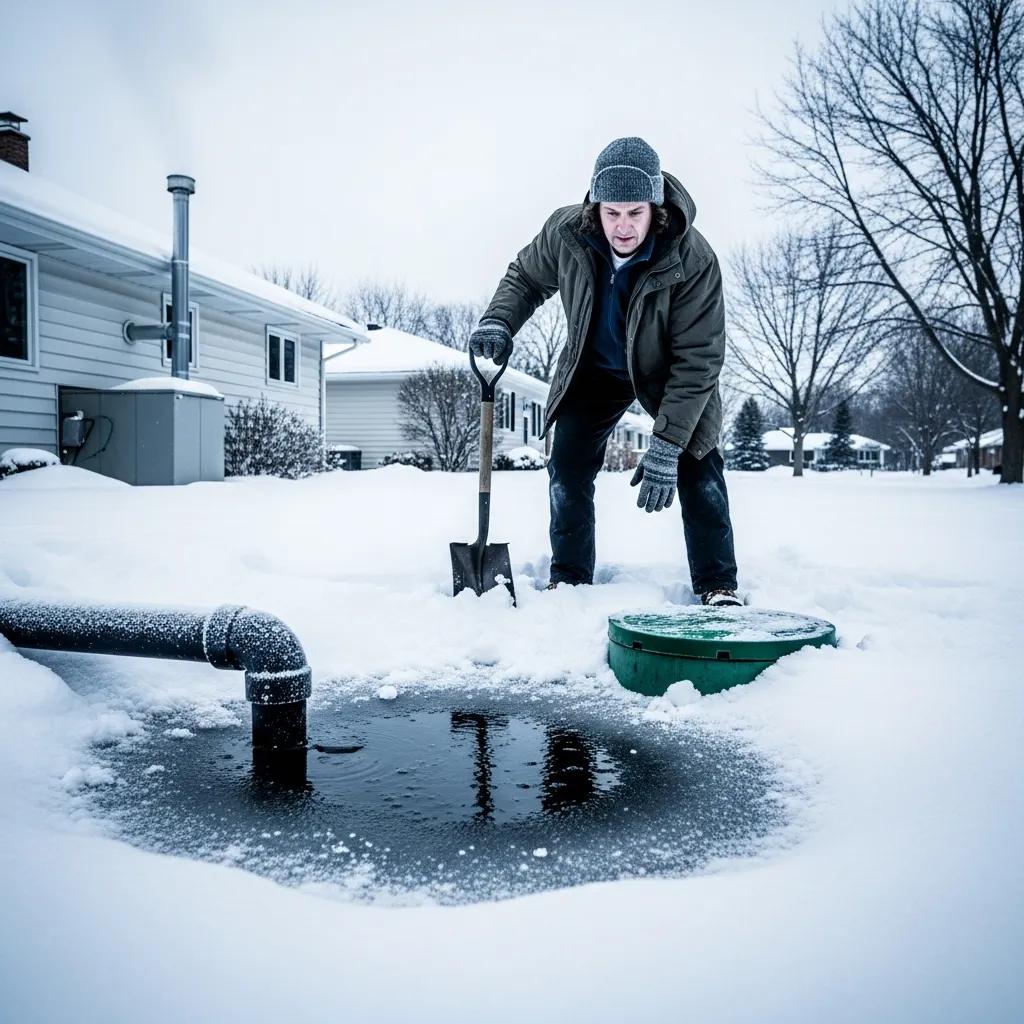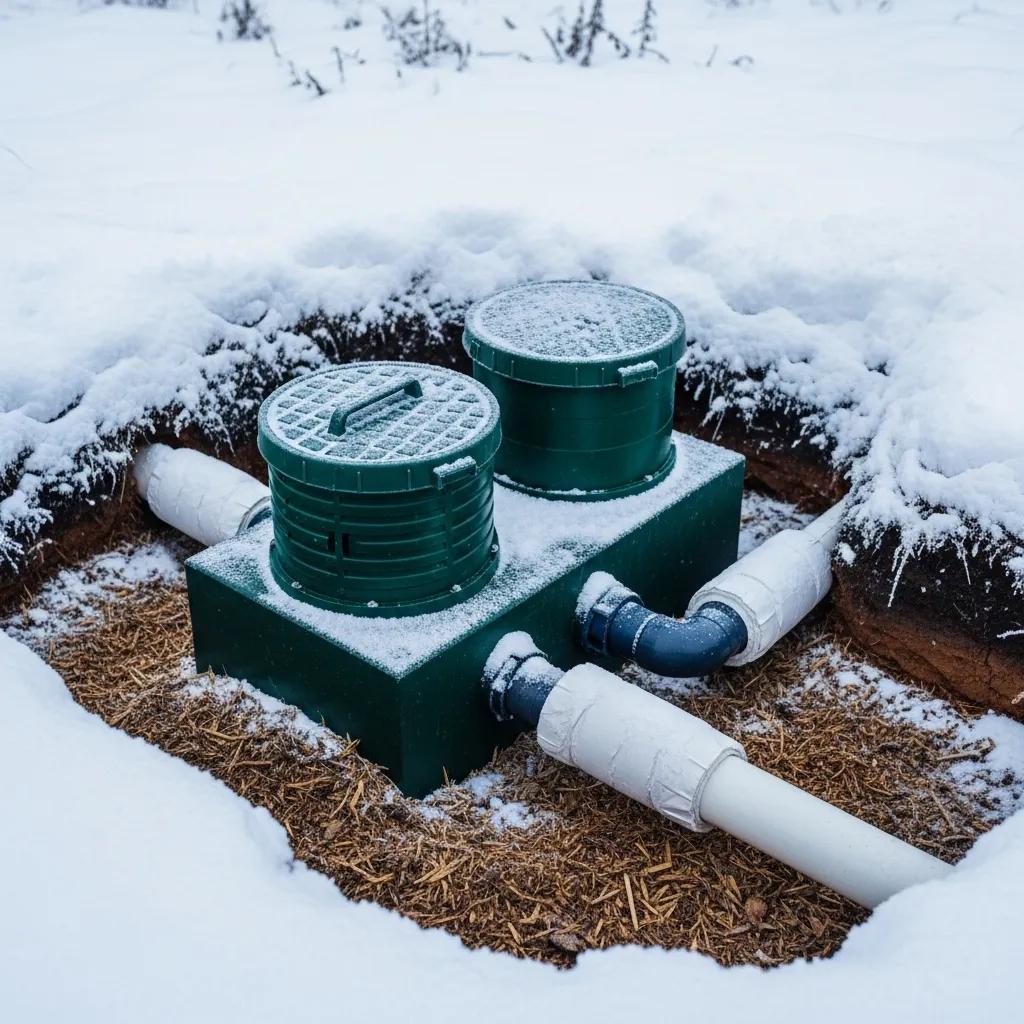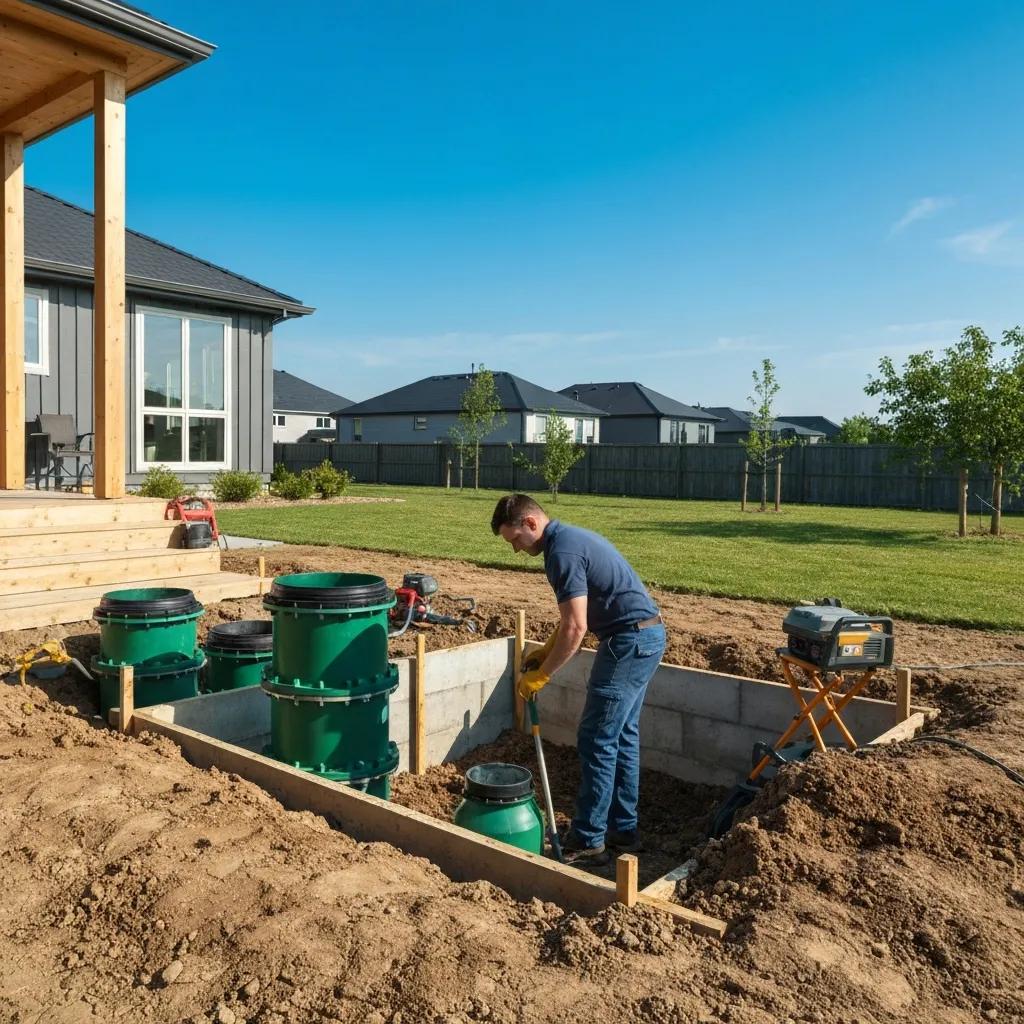Keeping a septic system in good working order is key to avoiding costly repairs and maintaining a healthy home environment. One of the most important aspects of septic care is knowing when to pump your tank, which can vary depending on factors like household size, tank capacity, and water usage.
Pumping frequency is a crucial factor in maintaining a healthy septic system. Pumping too infrequently can lead to clogs and backups, while pumping too often may be unnecessary. In this article, we’ll uncover some of the best ways to determine the ideal pumping frequency for your septic system, helping you make informed decisions that support long-term efficiency and system health.
When to Pump Your Septic Tank: Timing is Everything!
The Anatomy of a Septic System: Understanding the Basics
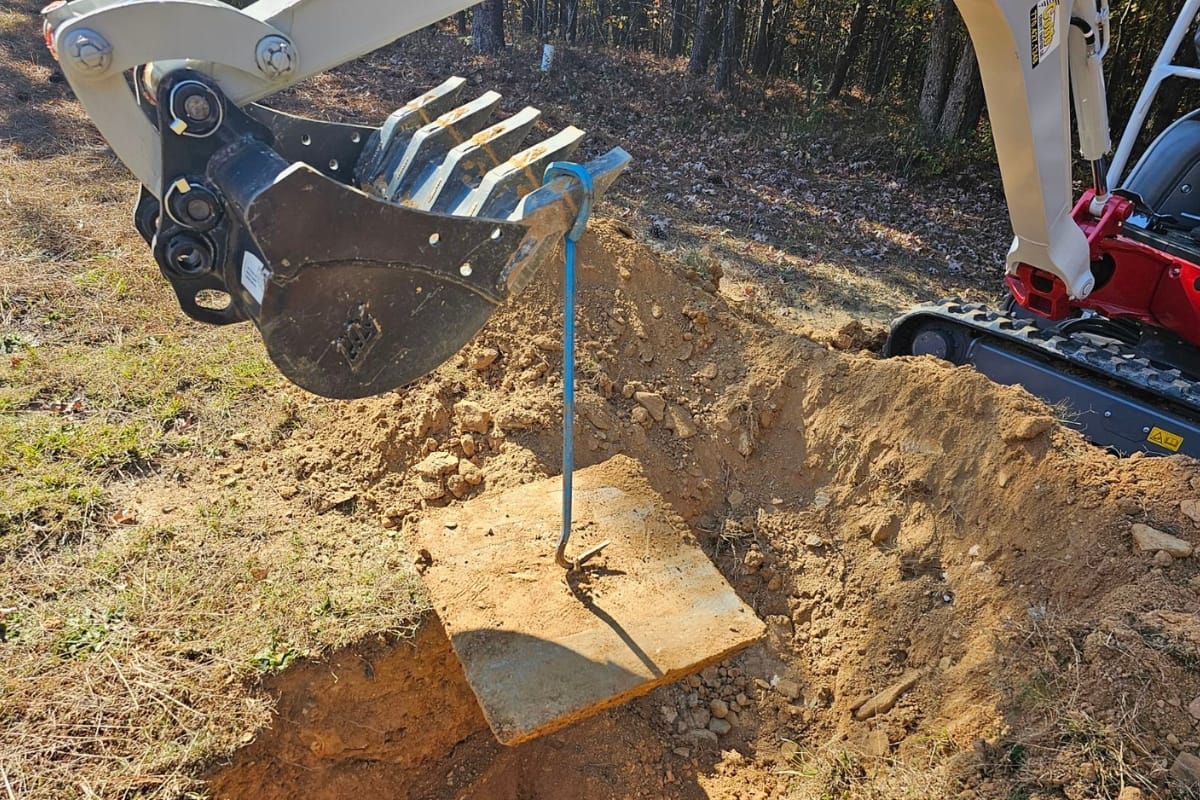
To properly maintain your septic system, it’s essential to first understand its basic structure and function. A standard septic system comprises three main components: the septic tank, the drainfield, and the surrounding soil. Each plays a vital role in the treatment and safe disposal of household wastewater.
The septic tank, a large, sealed container, serves as the first destination for wastewater exiting your home. Inside the tank, wastewater separates into three distinct layers: solid waste settles to the bottom as sludge, oils and lighter particles float to the top as scum, and the middle layer, known as effluent, remains as a clearer liquid. This effluent is then directed from the tank to the drainfield for additional treatment.
In the drainfield, perforated pipes are installed in trenches filled with gravel or sand. This setup allows the effluent to seep slowly into the soil, where it undergoes further filtration as it percolates through the surrounding earth, effectively removing contaminants before reaching groundwater.
The soil naturally removes harmful bacteria, pathogens, and other pollutants, ensuring that the treated water safely returns to the environment. The soil’s filtration process is critical to prevent contamination of local groundwater sources, particularly in areas relying on well water.
Signs Your Septic Tank Needs Pumping: Don’t Ignore the Red Flags

Understanding when to pump your septic tank is essential for its long-term health and to avoid costly repairs. While regular pumping every three to five years is advised, certain warning signs indicate it’s time to act sooner. Ignoring these red flags can result in system damage, environmental contamination, and even health risks.
- Foul Odors: One of the most noticeable signs that your septic tank is due for pumping is a foul odor around your property. If you detect persistent sewage smells, especially near the drain field or tank area, it’s time to schedule a pumping service.
- Slow Drains: Are your sinks, toilets, or showers draining slowly? This could be a sign of a full septic tank. When solid waste builds up, it can clog the system, causing sluggish drainage throughout your home.
- Pooling Water: Keep an eye out for pooling water around your yard, particularly near the septic tank or drain field. This could indicate that the tank is full and overflowing, leading to potential sewage backups.
- Lush Grass: While green grass is usually a good sign, an excessively lush and green area above your septic tank might mean that wastewater is leaking onto your lawn. This can happen when the tank is full and needs pumping.
- Gurgling Sounds: Strange gurgling noises coming from your drains when you flush the toilet or run the dishwasher could signal a full septic tank. This indicates that the system is struggling to handle the wastewater.
- Sewage Backup: The most severe red flag is sewage backup in your drains or toilets. If you notice sewage coming back up, it’s a clear indication that your septic tank is overflowing and needs immediate attention.
By paying attention to these signs and acting promptly, you can avoid costly repairs and ensure the efficient operation of your septic tank.
Frequency Matters: How Often Should You Pump Your Septic System?

Determining the right pumping schedule for your septic system is essential to keep it functioning efficiently and prevent costly repairs. While most experts suggest a three-to-five-year pumping interval, this guideline may vary based on several factors specific to each household.
Household size plays a significant role in determining pumping frequency. A family of five, for example, generates more wastewater than a household of two, filling the tank more quickly and necessitating more frequent pumping.
/wp:paragraph –>Additionally, water usage patterns—such as frequent laundry cycles, long showers, and the use of high-water-consuming appliances—can impact how quickly the tank reaches capacity. Homes with water-saving fixtures and mindful consumption habits may extend the time between pumping.
The size of the septic tank also affects the pumping schedule. Larger tanks, designed to accommodate higher volumes, may not need pumping as frequently if water usage remains moderate. However, a smaller tank in a household with heavy water use will need attention more often to avoid overflow or clogs.
It’s also essential to consider seasonal factors or special events, such as hosting gatherings, which can place additional strain on the septic system. Regular monitoring of the system’s condition, alongside these general guidelines, helps tailor a maintenance plan best suited to your household’s needs.
Environmental Impact of Regular Septic Pumping: Why It Matters
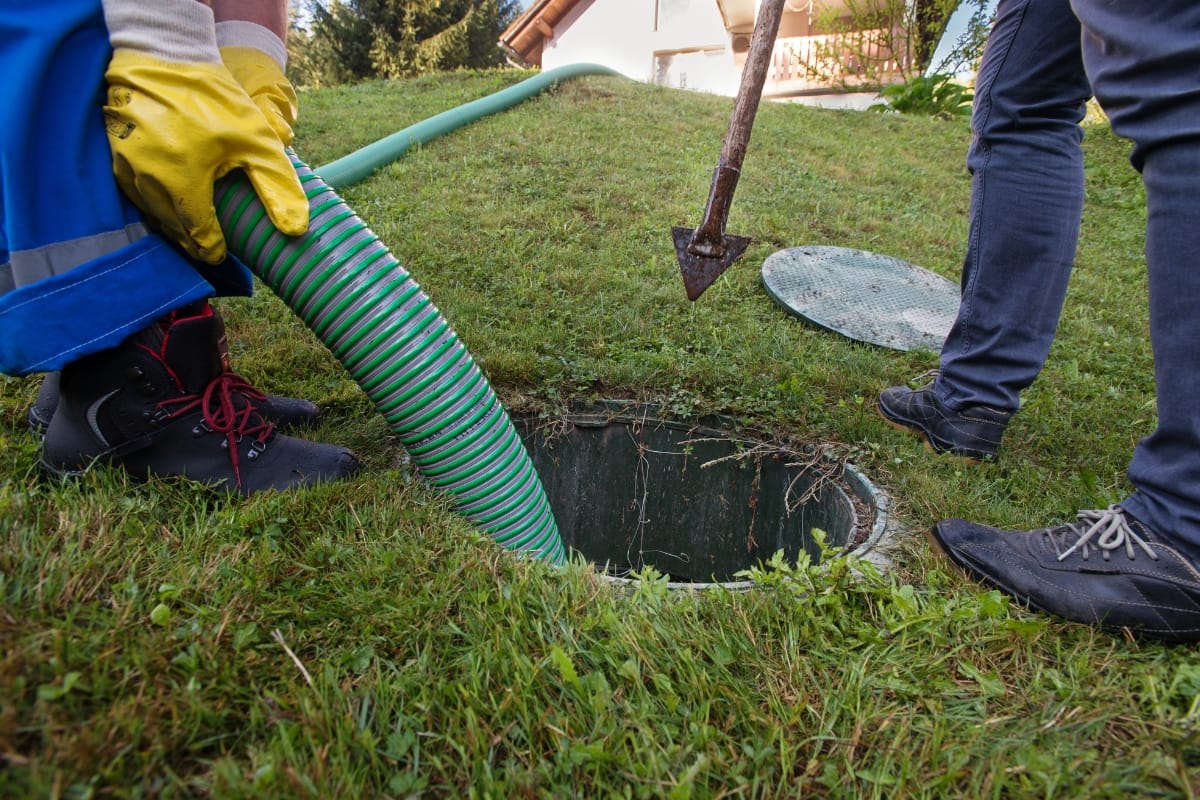
Regular septic pumping does more than just maintain your system’s functionality—it plays a critical role in protecting the environment and local water sources.
By routinely clearing sludge and scum from the septic tank, you prevent these solid waste materials from building up and eventually flowing into the drain field, which can cause clogs, reduced soil absorption, and even system failures. When untreated wastewater reaches the drainfield, it has a higher likelihood of contaminating nearby groundwater, which many communities rely on as a primary water source.
Contamination of groundwater poses a significant risk, introducing dangerous bacteria, pathogens, and nitrates into drinking water sources. This can impact both human health and the surrounding environment.
Pollutants from an overflowing septic system can also seep into nearby rivers, lakes, or wetlands, disrupting aquatic ecosystems and threatening wildlife. Excess nutrients from wastewater may cause algal blooms in these waters, reducing oxygen levels and creating “dead zones” where aquatic organisms struggle to survive.
Seasonal Considerations: Pumping Timing Based on Weather and Usage
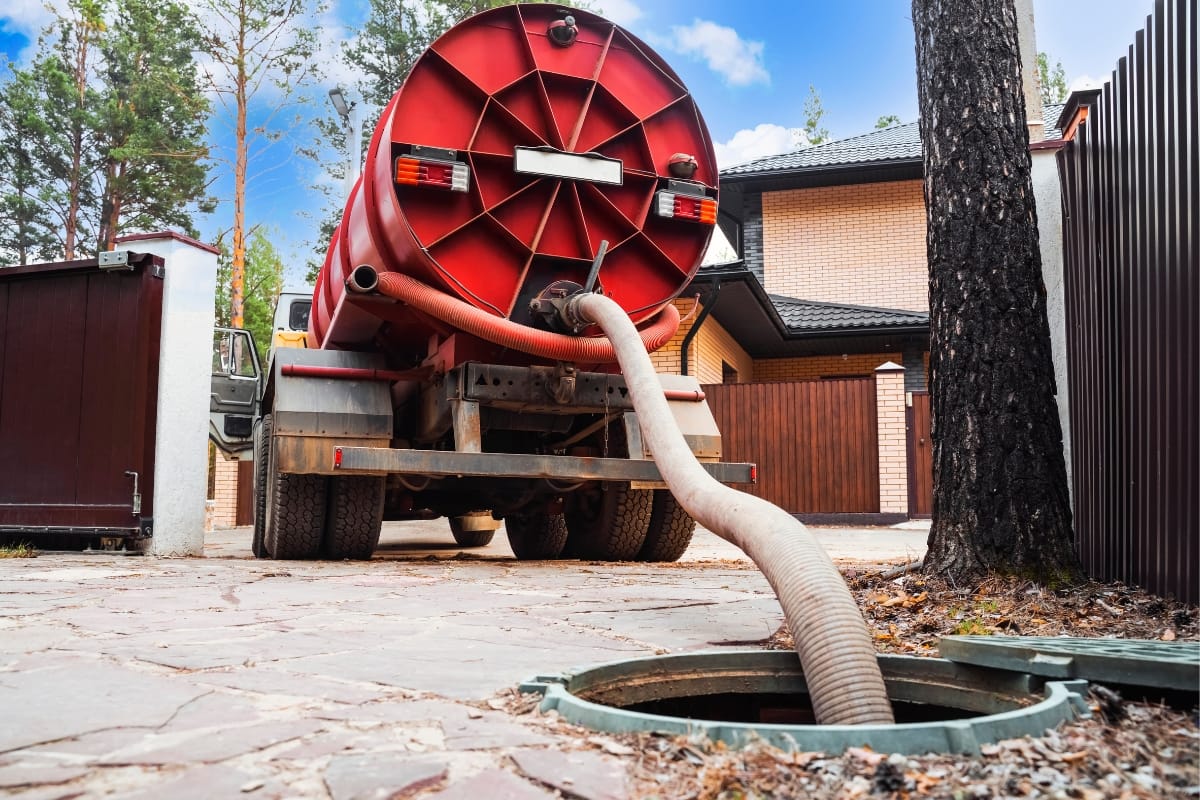
While regular pumping intervals are essential for septic maintenance, factoring in seasonal elements can further enhance your system’s performance and prevent issues. Changing weather conditions and fluctuations in household water use are important influences that may alter the ideal time for a septic service.
In colder climates, it’s beneficial to schedule septic pumping before the arrival of winter. By removing excess water and waste, you reduce the likelihood of pipes or tanks freezing, which could lead to cracks, blockages, or even complete system failure.
Pumping before winter also ensures that your system will have enough capacity to handle household wastewater without added pressure during the colder months when it’s harder to conduct repairs.
For those hosting large gatherings or extended family visits, a pre-emptive pump-out can be a valuable precaution. Additional water use from showers, laundry, and dishwashing significantly increases daily strain on the system. Scheduling a pumping service beforehand helps to prevent overloading and backups, especially if your system hasn’t been serviced recently.
Beyond Pumping: Additional Maintenance Tasks for Optimal System Health

While regular pumping is essential for septic system health, incorporating other maintenance practices can greatly enhance system longevity and efficiency. These additional tasks help maintain optimal performance and minimize the likelihood of costly repairs.
- Regular Inspections: Schedule professional inspections annually or every few years, depending on usage. Inspections help spot early signs of wear, leaks, or blockages in the tank or drainfield, allowing for timely fixes before issues escalate. This proactive approach can save significant time and expense in the long run.
- Water Conservation: Reducing water usage lowers the volume entering your septic tank, preventing overloading. Installing low-flow toilets, faucets, and showerheads can make a big difference. Additionally, promptly fixing leaks and spreading out heavy water usage (like laundry loads) across the week allows the septic system more time to process wastewater efficiently.
- Mindful Waste Disposal: Non-biodegradable items, including wipes, sanitary products, and paper towels, can clog pipes and disrupt the tank’s natural balance. Grease, oils, and chemicals should also be kept out of the system, as they interfere with bacterial breakdown of waste, potentially causing blockages and unpleasant odors.
- Protecting the Drainfield Area: The drainfield plays a critical role in wastewater filtration and soil absorption. To keep it functioning effectively, avoid placing heavy objects, such as vehicles, patios, or sheds, over the area, as they compact the soil and inhibit proper treatment. Planting grass rather than trees near the drainfield is also advisable, as tree roots can interfere with pipes and drainage.
By incorporating these practices alongside regular pumping and adhering to septic drain field requirements, you can ensure a more resilient septic system, reduce the risk of malfunctions, and maintain a safe, effective waste management solution for years to come.
Conclusion: Your Guide to Ensuring Longevity and Efficiency for Your Septic System
Understanding when to pump your septic system is crucial for maintaining its longevity and efficiency. By following these guidelines and avoiding common mistakes, you’ll ensure that your septic system continues to operate smoothly, protecting both your property and the environment for years to come.
Keeping your septic system healthy and knowing when to pump can save you from costly repairs and ensure a longer system life. If you’re unsure about your pumping schedule or need expert advice and septic services, Smart Septic Pros is ready to help. Reach out to us at 678-993-4545, or visit our website to book a service with us. Let us assist you in maintaining a well-functioning and reliable septic system for years to come.
